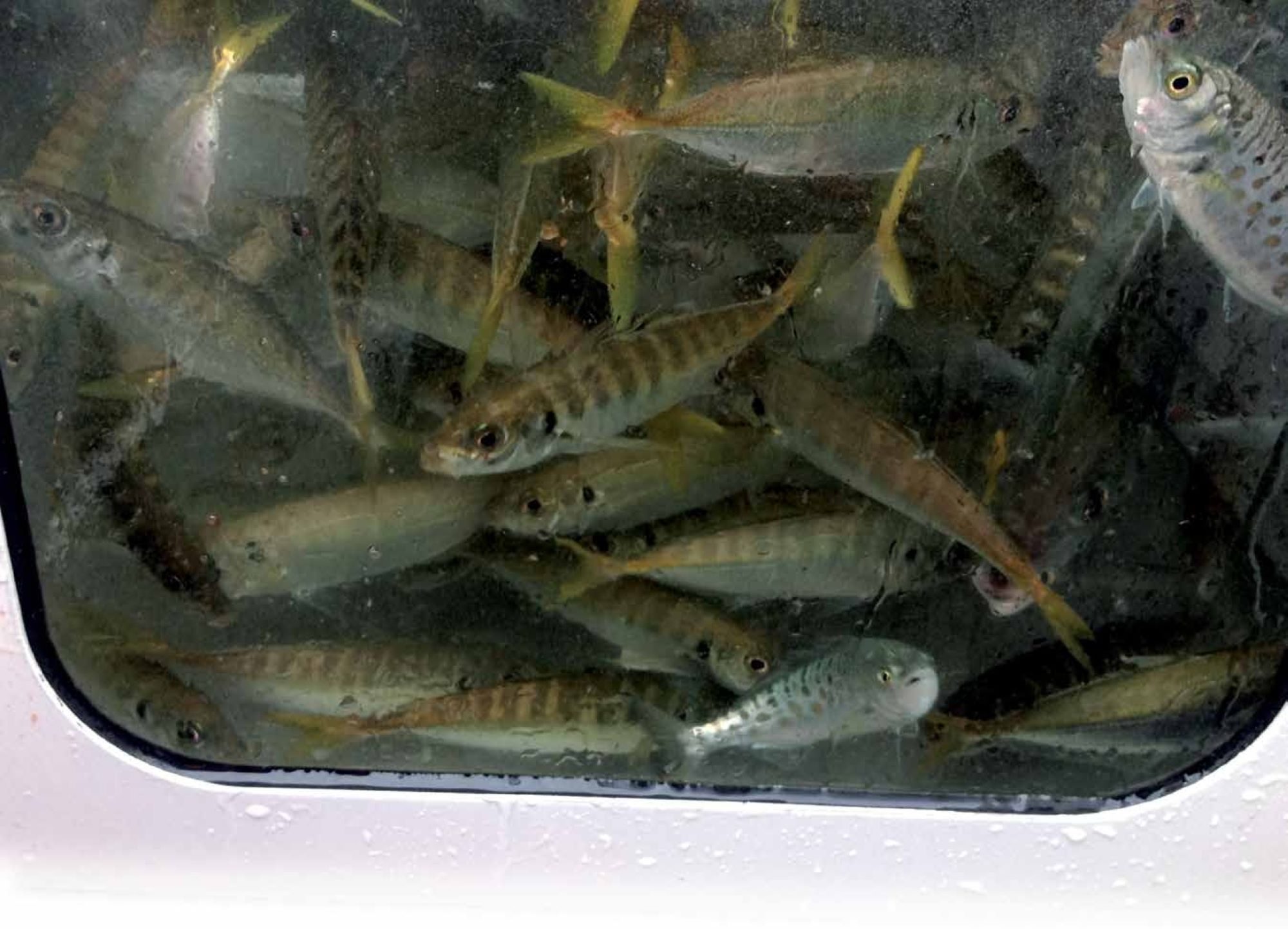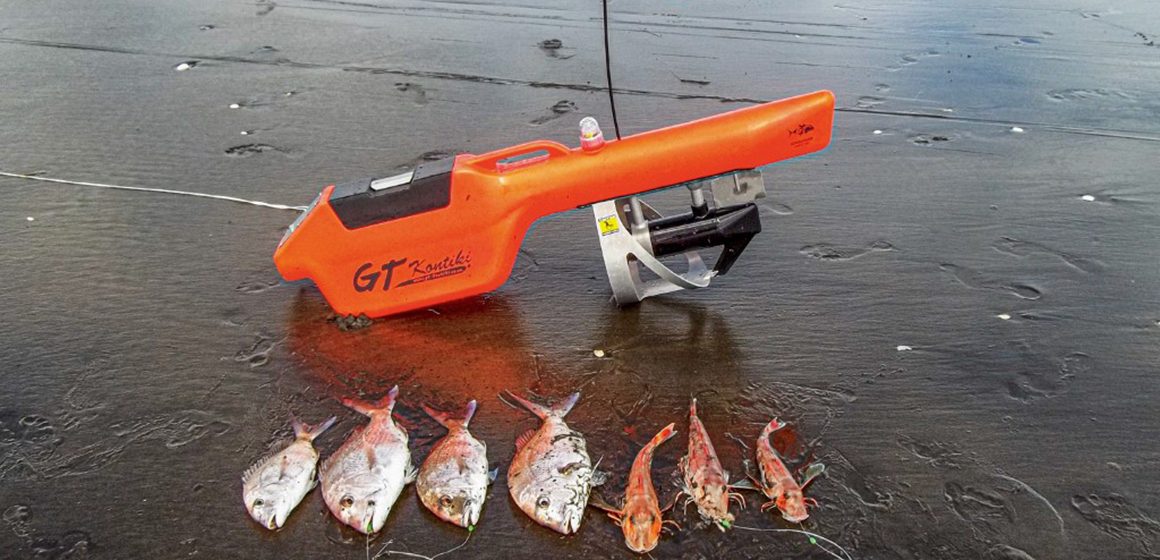

The not-for-profit advocacy group Legasea campaigns fisheries management issues on behalf of recreational fishers and the New Zealand public.
Legasea’s tagline is ‘Fish for the People’, which has been its unwavering focus since the organisation’s establishment by the New Zealand Sport Fishing Council (NZSFC) in 2012.
On its website and in its literature, LegaSea states its core roles are to elevate public awareness of the issues affecting New Zealand’s marine environment and to inspire public support to effect positive change. Its primary mission is to restore New Zealand’s coastal fisheries.
Legasea’s policies enjoy strong support from the New Zealand public and the organisation’s legitimacy is acknowledged by other fisheries stakeholders, including Māori, the fishing industry and Government.
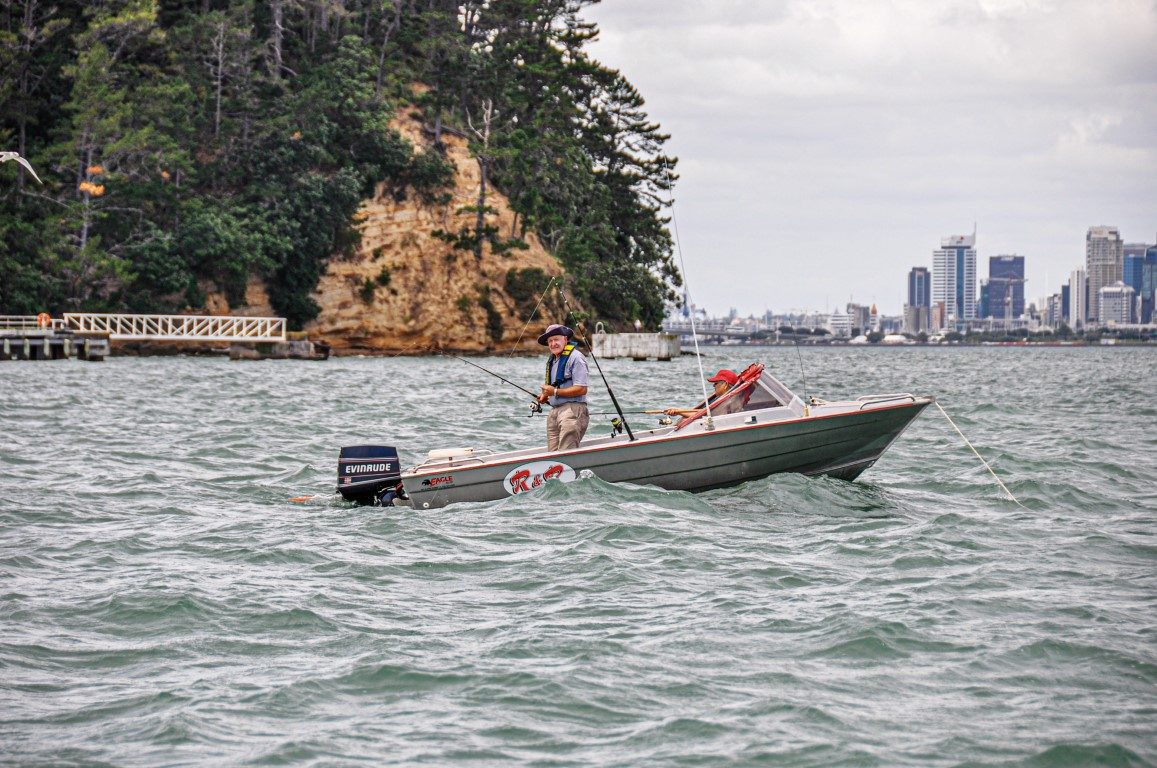
Its most recent initiative is Rescue Fish – Ika Rauora, a comprehensive fisheries management proposal launched on May 28 this year, but sadly rather lost in the noise and turmoil of Covid-19. The plan proposes revolutionary changes to fisheries policy designed to “restore fish stocks and revitalise New Zealand’s commercial fishing sector.”
Deeply concerned about dwindling fish stocks and the increasing concentration of fishing quota in the hands of a few large companies, Legasea came up with Rescue Fish, a plan which aims to restore abundance to coastal fisheries and stimulate regional economies.

Spokesperson Sam Woolford says the Rescue Fish policy aims to “ensure the supply of kai moana for future generations of Kiwis, while providing much needed income and jobs for regional New Zealanders.”
Before the Quota Management System (QMS) was introduced in October 1986, commercial fishing in New Zealand was mostly small scale, almost artisanal, at least for inshore species. It employed hundreds of fishers running their own boats, some with crew, but many working alone.
With the advent of QMS, fishing quota was allocated to individual fishers based on historical catch records. By default, bigger companies were allocated more quota, while small operators received less. And since many small-scale commercial fishers caught a variety of inshore species, individual catch allocations for each species were often very small. This was problematic because QMS imposed penalties for exceeding quota allowances and/or catching fish for which fishers had no quota.
Under QMS, quota is also transferrable – it can be traded – which quickly saw small-scale fishers partially or wholly relinquish their allocations to larger operations. In many cases their quota allocations were too small or too fragmented to fish economically, leaving them no option but to sell. Within a few years the big fishing companies owned virtually all the quota and anyone who wished to continue fishing was obliged to lease quota from a handful of corporate entities. Many long-time small-scale commercial fishers chose to leave fishing altogether.
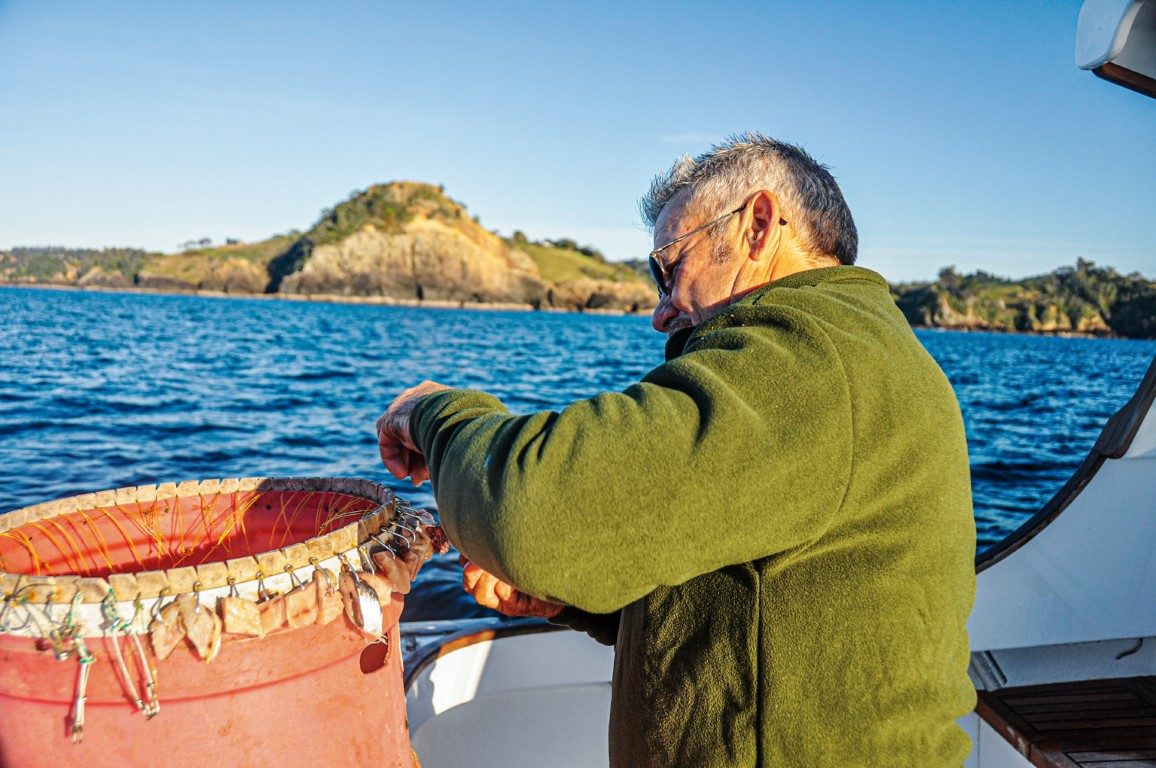
The industrial-scale commercial fishing practised today tends to employ low-cost, bulk-harvesting methods, which can have negative impacts on the environment, and compared to fishing 40 years ago, provides relatively few people with livelihoods.
Nearly 35 years of QMS has adversely impacted the marine environment and depressed small coastal communities that used to rely on fishing by removing their means of survival, says Legasea. Its position is that 30-plus years of QMS has depleted our fisheries to such an extent, some of them are in crisis.
Examples include tarakihi, Marlborough Sounds blue cod and upper North Island crayfish, but there are many more. In addition, fishing is having clear impacts on the environment – fishing methods such as dredging and bottom trawling are destroying seafloor communities while bycatch, including sea birds and marine mammals, remains a serious issue.
“Without a healthy and abundant marine environment, commercial profits will continue to fall, Māori will continue to lose out both culturally and commercially, and amateur fishers will increasingly struggle to find kai moana in the places they normally fish,” says Woolford.
Legasea’s economic case is backed up by a report commissioned by the New Zealand Sport Fishing Council from the New Zealand Institute of Economic Research (NZIER), which was asked to assess and compare the current QMS with the Rescue Fish plan.
According to Bob Gutsell, President of the NZSFC, the Institute’s report endorsed Legasea’s plan as worthy of further development.
NZIER concluded that the current regime has not produced the promised results. The incentives on individual fishers are not aligned to the stewardship of the sea. And after 30 years’ application of the QMS, some fisheries are under considerable pressure. Fishing is having clear impacts on other parts of the environment and bycatch is not resolved.
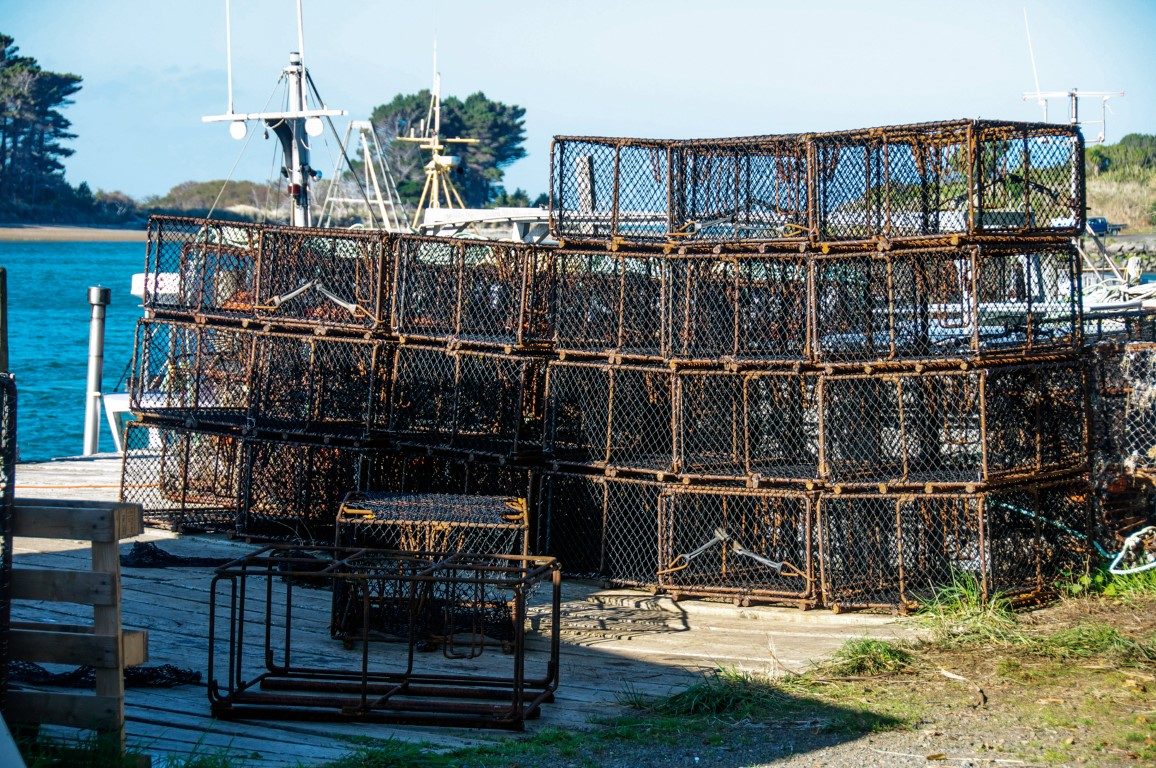
“NZIER went on to say that our proposal was worthy of further development and consideration by Ministers, Māori, all fishers, environmental NGOs, academics and the public, and ought to form the basis of further policy development,” says Gutsell.
Rescue Fish policy and recommendations were developed by a team of marine scientists, social science experts, economists and fisheries management specialists in New Zealand and overseas. Supported by a strong groundswell of public opinion, Legasea insists change is needed right now to prioritise and protect our coastal fisheries.
Rescue Fish – Ika Rauora was presented to the Prime Minister and Ministers Davis, Robertson, Parker and Nash in April 2020. Rescue Fish policy is offered as an alternative to the current QMS, which Legasea says has failed to ensure long term, sustainable management of fisheries resources for the benefit of all New Zealanders.
ITS RECOMMENDATIONS INCLUDE:
• The Crown to buy back all existing rights to fish at fair value
• A new independent authority to be established to set catch limits based on independent scientific research • Māori and the Crown to share governance
• A new Fisheries Act be established
• Catch limits to be reset at a lower level to ensure fish stocks can recover
• Fixed term commercial permits to be sold via a tender process
• Payment to the Crown will be a resource rental based on landed catch
• Industrial fishing techniques such as inshore bottom trawling and dredging to be banned
• Independent monitoring of commercial fishing to validate catches and protect vulnerable species
• Monitoring systems and cameras to apply to all vessels.
There’s plenty more in the full Rescue Fish policy document, which is available to read on Legasea’s website, www.legasea.co.nz, but the thrust of the policy is to address depleted fish stocks and biodiversity loss.
Legasea’s plan is presented as a holistic solution to these issues, along with offering ways to stimulate regional economies. It promises environmental, social and economic benefits, including better food security. Legasea recognises that many Kiwis depend on fishing to feed their families and that for many, seafood is a local, healthy and culturally significant food resource.
“The focus of the Rescue Fish policy will be on encouraging smaller scale, artisanal commercial fishing to boost our Māori and regional economies,” says Gutsell.
But, says Legasea, the benefits of Rescue Fish – Ika Rauora will accrue to all New Zealanders.
“Implementation of the new policy will make our marine environment more productive, for the benefit of all New Zealanders, including those in the commercial fishing sector,” says Woolford.



